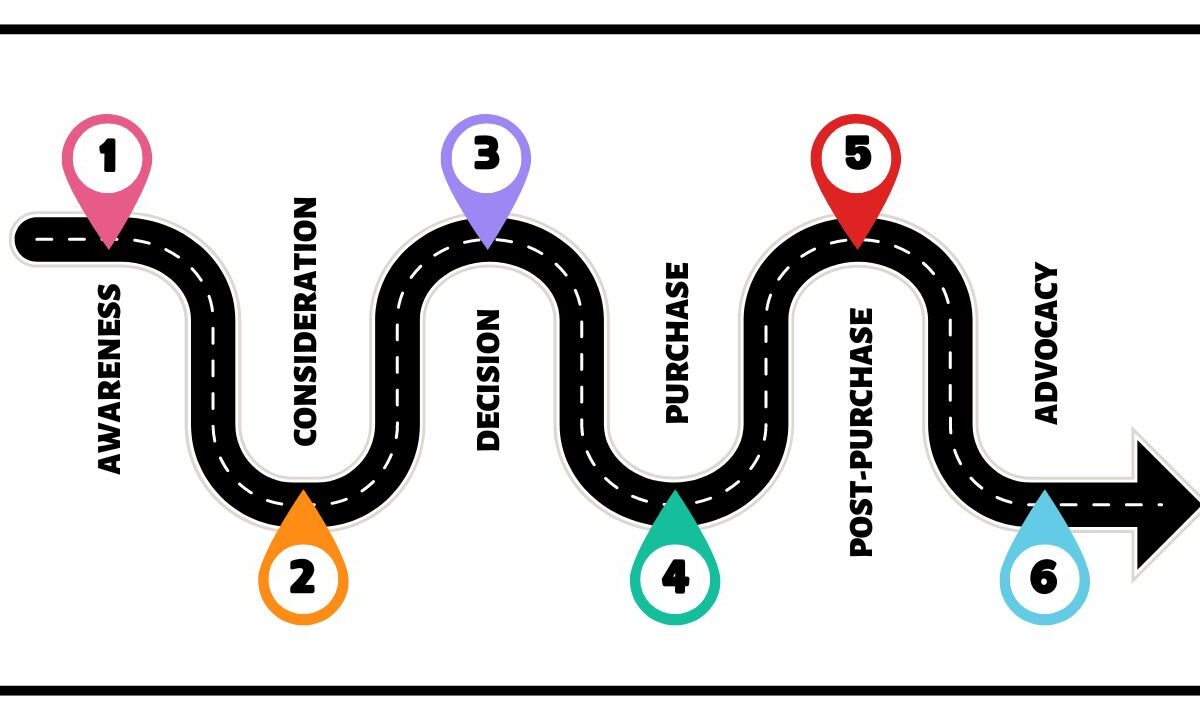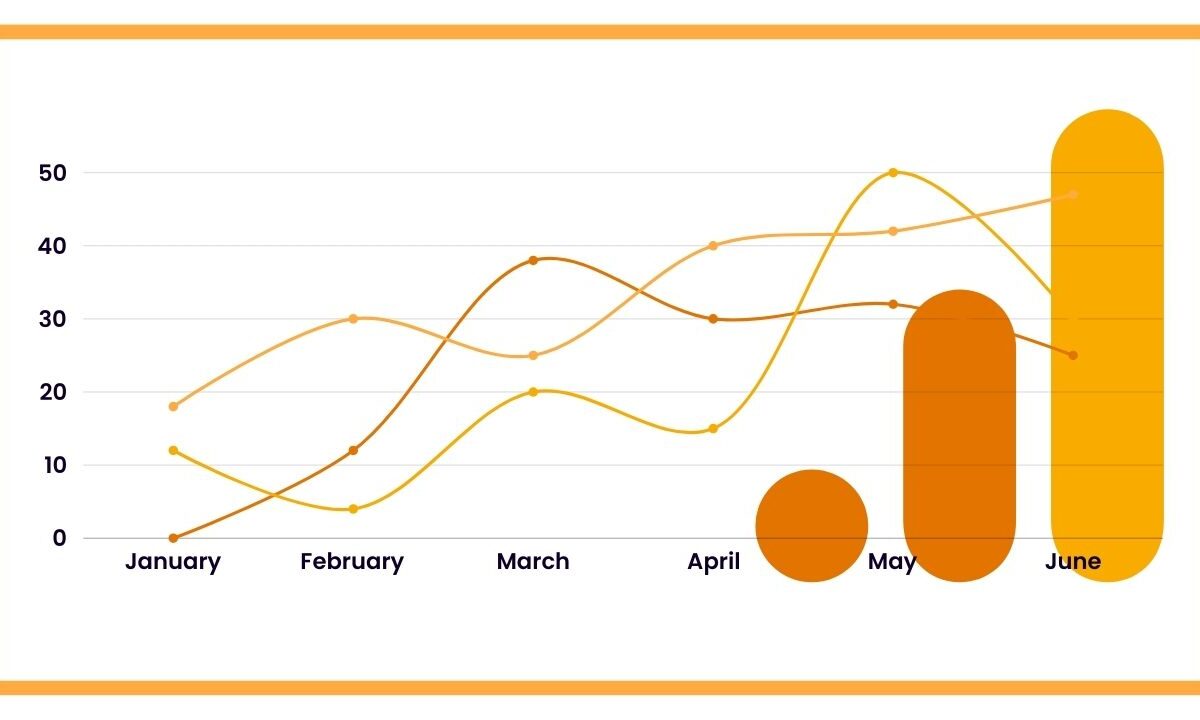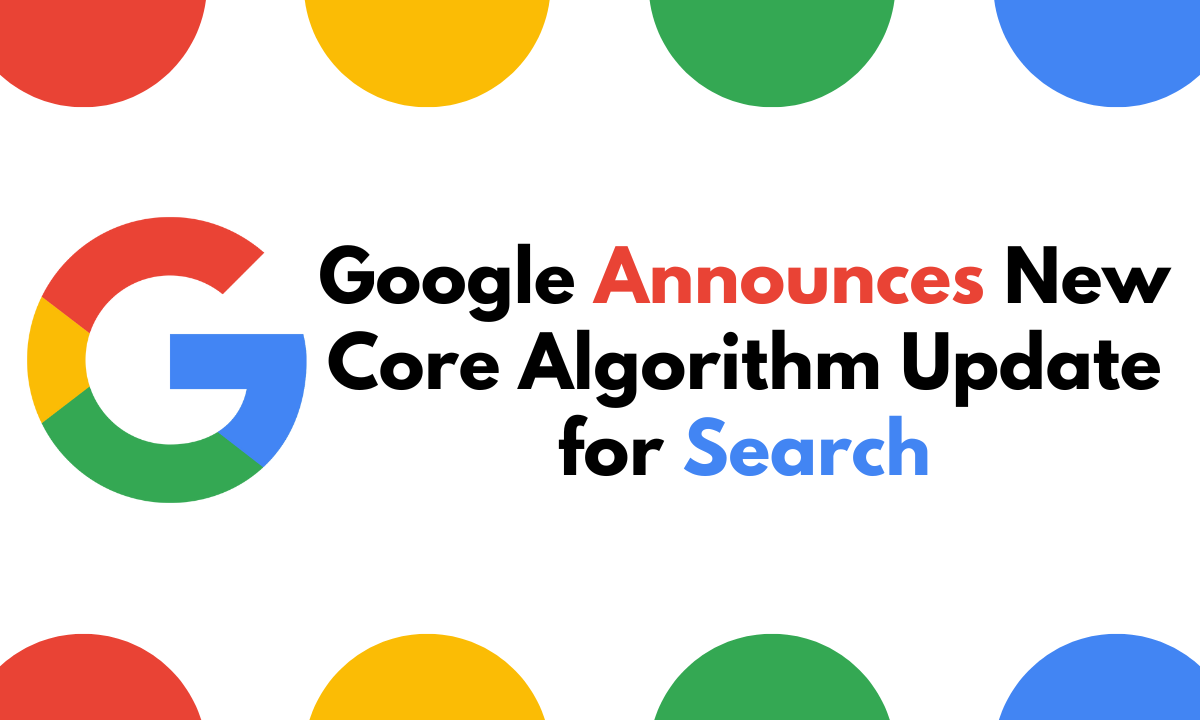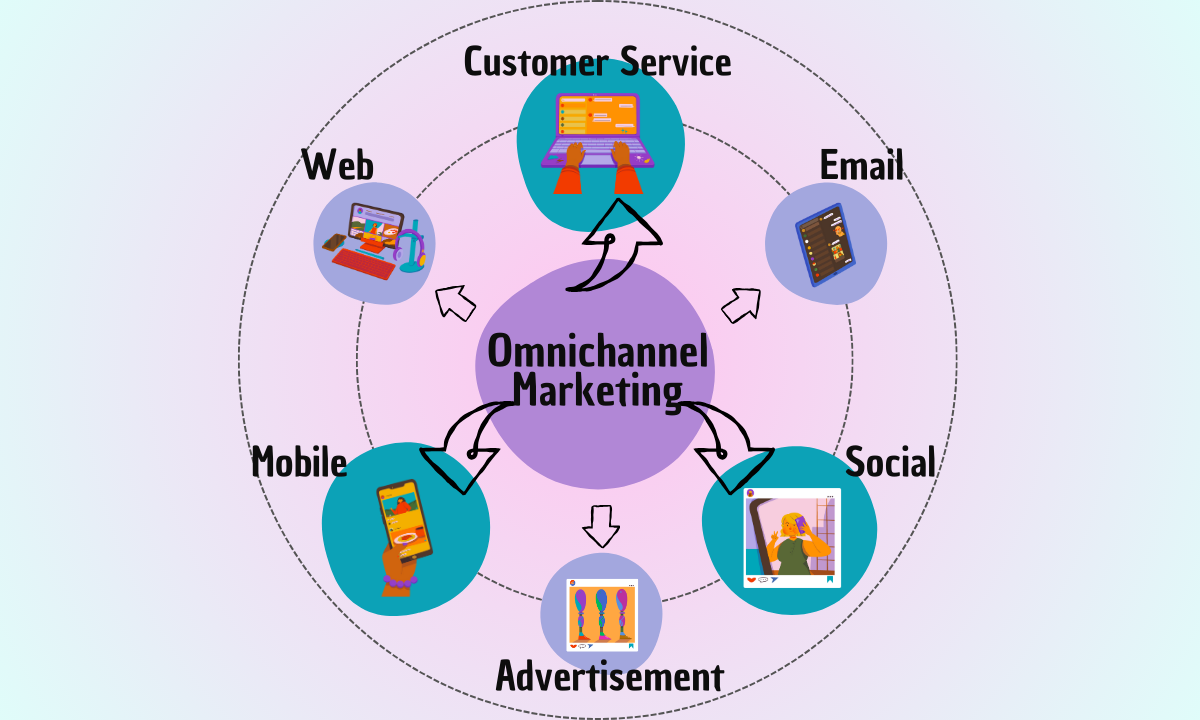Originally published on LinkedIn.
Understanding your customers is key to any successful business. But what if you could see the entire path they take, from the moment they become aware of your brand to after they’ve purchased your product? That’s the power of customer journey mapping.
What is the Customer Journey?
The customer journey is the holistic experience a customer has with your brand, product, or service. It encompasses every touchpoint – any point of interaction – from the initial awareness stage through consideration, purchase, post-purchase experience, and advocacy. Imagine it as a detailed map, but instead of locations, it charts the customer’s emotional and thought process across all interactions with your brand. These touchpoints can be online (website, social media ads) or offline (physical store visits, customer service calls). By meticulously mapping these touchpoints, you gain invaluable insights into your customer’s mindset and tailor your strategy to create a seamless and positive experience.
Why Map the Customer Journey?
Customer journey mapping isn’t just a theoretical exercise. It unlocks a treasure trove of benefits for your business:
- Unmatched Customer Experience: By pinpointing potential pain points and areas for improvement throughout the journey, you can create a frictionless and enjoyable experience that keeps customers coming back for more.
- Boosted Sales and Conversions: A well-mapped journey helps you identify opportunities to nudge customers gently toward a purchase decision. You can optimize touchpoints to showcase product value propositions and address buying concerns strategically.
- Unwavering Brand Loyalty: Mapping allows you to anticipate customer needs and exceed expectations throughout the journey. This fosters stronger brand loyalty and cultivates a passionate advocate base who spreads the word about your brand organically.
- Smarter Resource Allocation: By understanding your customer journey, you can make data-driven decisions about where to allocate resources. This ensures you’re focusing your efforts on the touchpoints that matter most to your target audience.
Crafting Your Customer Journey Map: A Step-by-Step Guide
Mapping your customer journey doesn’t require a team of specialists. Here’s a detailed process to get you started:
#1. Define Your Ideal Customer Persona
Before embarking on the mapping journey, you need a clear picture of who you’re trying to reach. Develop a detailed customer persona that outlines your ideal customer’s demographics, goals, challenges, and preferred communication channels. This persona serves as the guiding star for your map.
#2. Stage the Journey
Most customer journeys can be broken down into these common stages, but feel free to adapt them to your specific business model:
- Awareness: How do potential customers first discover your brand? Is it through social media ads, organic search results, word-of-mouth recommendations, or influencer marketing?
- Consideration: Once aware, what factors do they consider when evaluating your product or service? What information are they actively seeking during this stage?
- Decision: Why would they choose you over the competition? Identify the key differentiators and value propositions that convince them to move forward with your brand.
- Purchase: How easy and convenient is it to make a purchase? Are there any hidden fees, complicated checkout processes, or security concerns hindering conversion?
- Post-purchase: How do you support and engage customers after they buy? Do you offer onboarding tutorials, helpful resources, or a responsive customer service team to address any questions or concerns?
- Advocacy: The ultimate goal is to turn satisfied customers into brand advocates who spread the word and recommend your product or service to others. How can you incentivize positive word-of-mouth and encourage customer loyalty?
#3. Map the Touchpoints
For each stage of the journey, meticulously identify all the touchpoints a customer might have with your brand. This could include:
- Website: Is your website user-friendly and optimized for different devices? Does it provide clear product information and a smooth navigation experience?
- Social Media: Are you actively engaging with your audience on social media platforms? Does your social media presence align with your brand voice and messaging?
- Advertising: What types of ads are you running? Are they reaching your target audience and effectively communicating your value proposition?
- Content Marketing: Are you creating valuable content (blogs, articles, videos) that addresses your customer’s needs and pain points?
- Email Marketing: Are you sending targeted emails that nurture leads and provide valuable post-purchase information?
- Customer Service: How easy is it for customers to reach your customer service team? Are they equipped to resolve issues efficiently and provide a positive experience?
- Reviews and Ratings: Do you encourage customers to leave reviews and ratings? How do you respond to both positive and negative feedback?
- In-Person Interactions: For brick-and-mortar stores, how do you train your staff to provide exceptional customer service and product knowledge?
- Public Relations: Are you generating positive press coverage and brand mentions?
#4. Unraveling the Customer’s Mind: Emotions and Pain Points
Now that you’ve mapped the touchpoints, it’s crucial to understand the emotional journey of your customer at each stage. Here’s how:
- Craft a Customer Persona Narrative: Instead of a static profile, create a story that depicts your ideal customer’s thought process and emotional state throughout the journey. What are their anxieties during the awareness stage? What are they excited about during consideration? Are they frustrated by any roadblocks in the purchase stage?
- Use Empathy Mapping Techniques: There are various empathy mapping tools to visualize your customer’s feelings at each touchpoint. These tools might involve using sticky notes to categorize their thoughts, emotions, and concerns throughout the journey.
#5. Identifying Areas for Improvement and Taking Action
By analyzing your customer journey map, you can pinpoint areas where the experience can be improved. Here’s how to translate insights into action:
- Prioritize Improvements: Not all roadblocks are created equal. Analyze the customer journey map and prioritize the most critical touchpoints that need improvement.
- Develop Actionable Strategies: For each prioritized touchpoint, brainstorm and develop actionable strategies to address customer pain points and enhance the overall experience.
- Measure and Test: The beauty of customer journey mapping is that it’s an iterative process. Once you’ve implemented changes, track metrics and A/B test different approaches to continually refine your touchpoints and optimize the customer journey.
Feeling overwhelmed? We can map your entire customer journey for you. Our team of experts will guide you through every stage, from crafting personas to optimizing your website for a smooth purchase experience. Contact us and we’ll do it all for you.
Conclusion
Customer journey mapping empowers you to see your business through the eyes of your customers. By understanding their journey, you can create a frictionless and positive experience that fosters brand loyalty, increases conversions, and propels your business toward long-term success. So, grab a whiteboard, and some sticky notes, and embark on the journey of understanding your customers better today!









